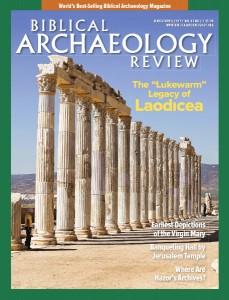
Our lives today revolve around time. Walk down the street in any major city in the world, and you’ll see people checking clocks, watches and their phones to see the time. We write our schedules in calendars and planners. Businesses, governments and transportation systems operate on timetables. Clocks and calendars have become so ingrained in our daily routines that we seldom think about their origins.
Many of our modern timekeeping practices have their roots in ancient Greece and Rome, which is the focus of Time and Cosmos in Greco-Roman Antiquity, a new exhibit at New York University’s Institute for the Study of the Ancient World (ISAW). Curated by Alexander R. Jones, Professor of the History of the Exact Sciences in Antiquity and Interim Director at ISAW, the exhibit features more than 100 Greco-Roman artifacts. These show the development of organized time and how it was marked using ancient devices. Further, the exhibit looks at what ancient peoples thought about the universe and how astrology played a major role in their lives.
Objects on display include ancient sundials, water clocks, astrologers’ boards (used to display clients’ horoscopes), portable sundials (the closest thing to ancient wristwatches) and calendars, as well as artifacts that feature representations of time, such as coins, mosaics and gems with zodiac signs.
The exhibit is accompanied by a catalog edited by Jones that further analyzes timekeeping and its importance in the Greco-Roman world.
Through April 23, 2017
Institute for the Study of the Ancient World
New York, New York
isaw.nyu.edu
Already a library member? Log in here.
Institution user? Log in with your IP address.

